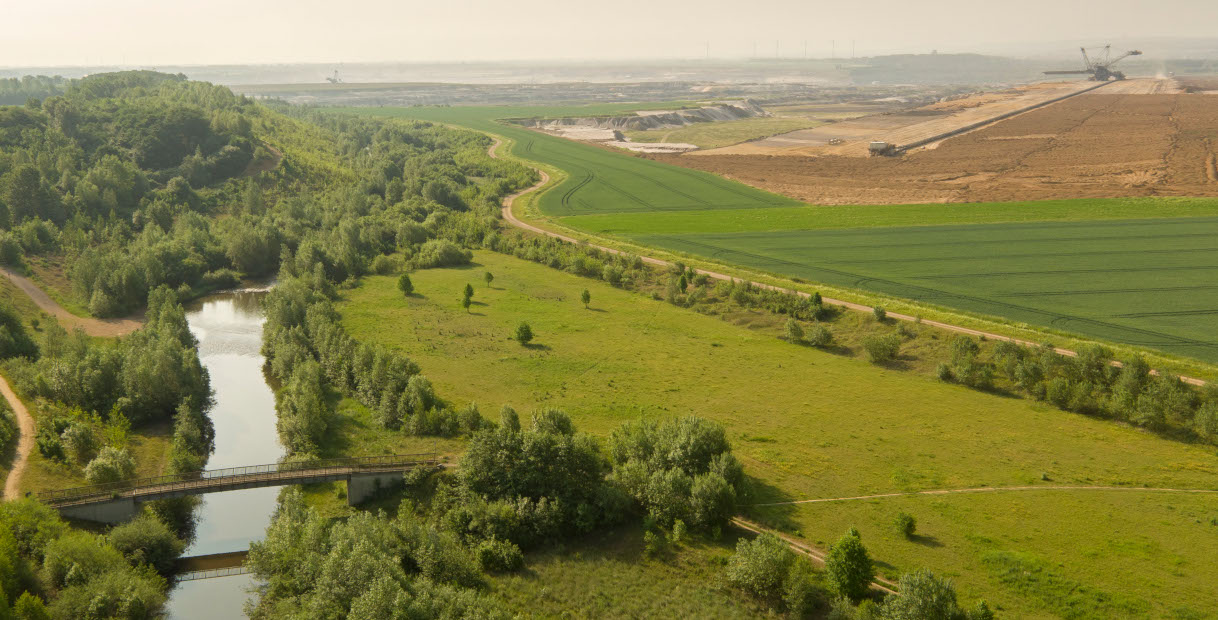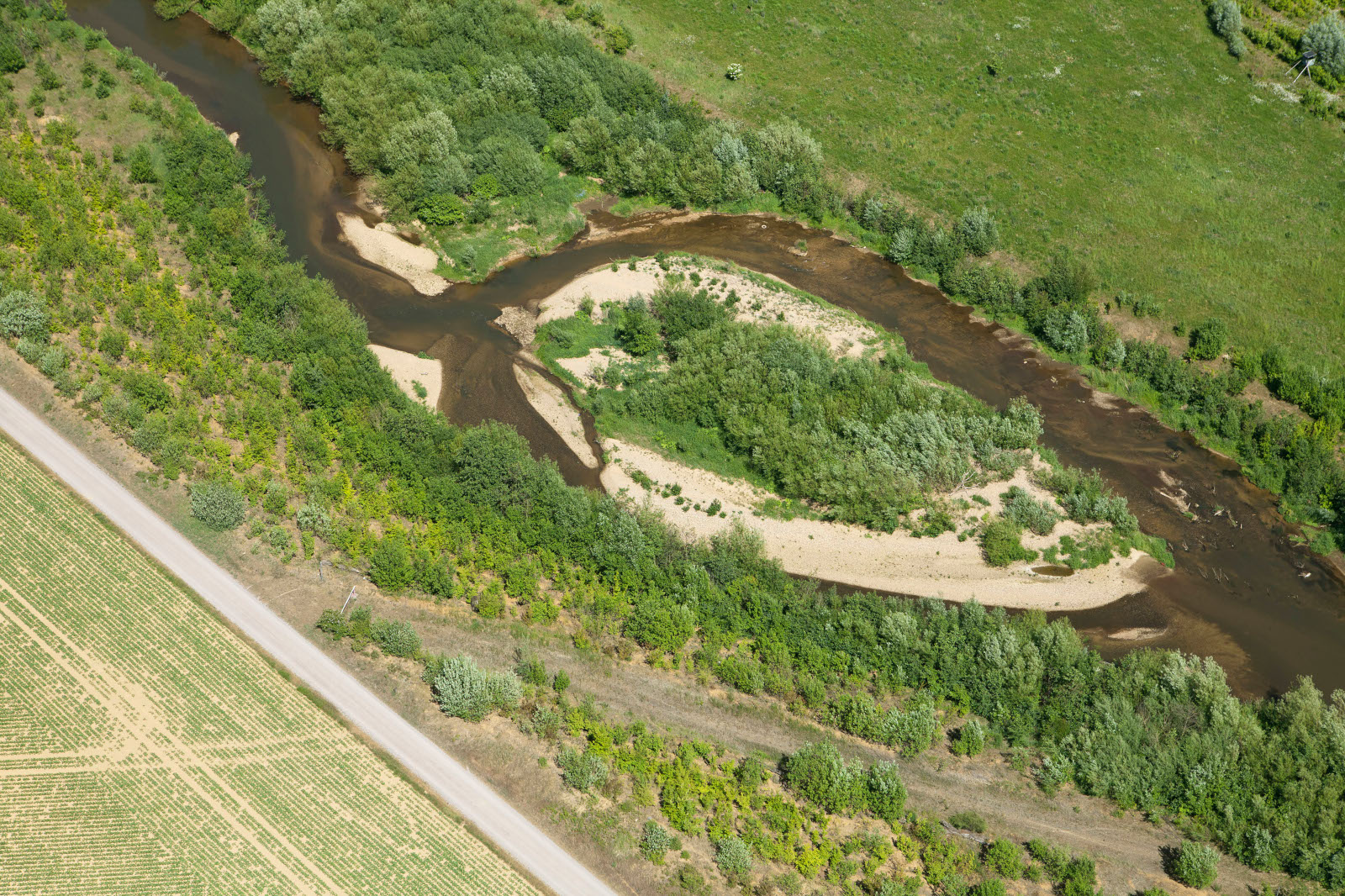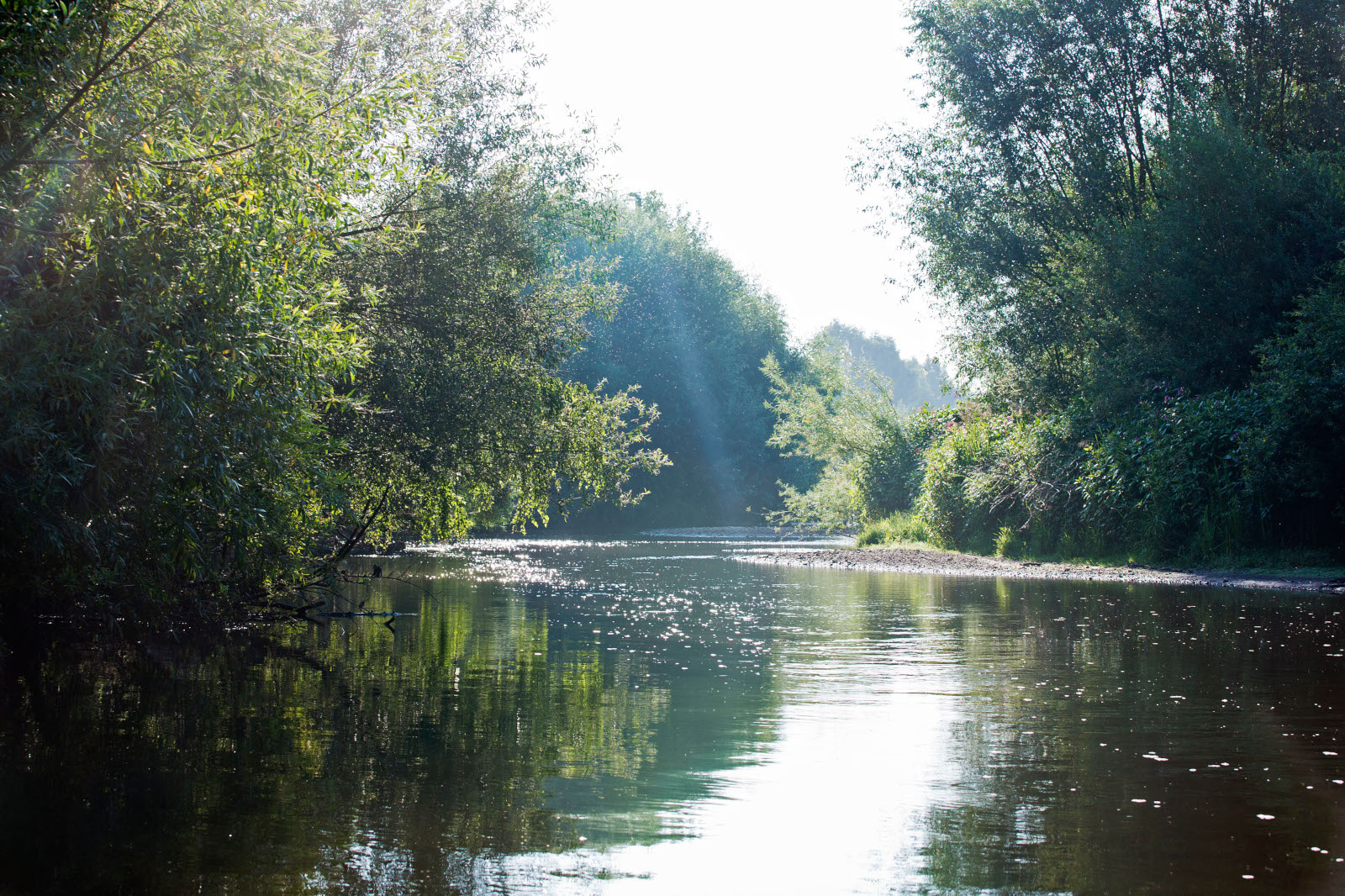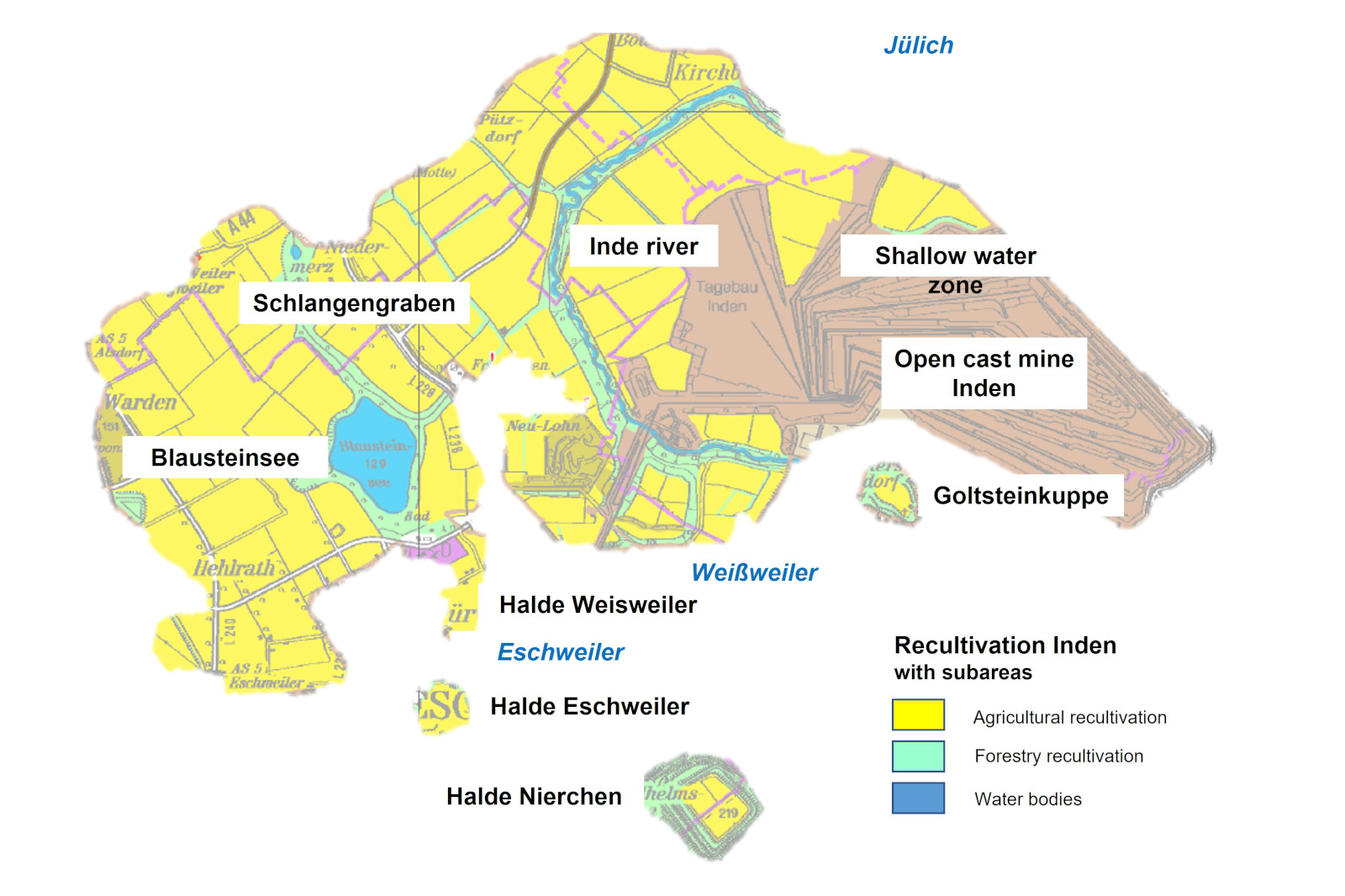
Active recultivation areas
Forestry recultivation: approx. 720ha
Agricultural recultivation: approx. 3800ha
History
Opencast lignite mining has a long tradition in the western part of the lignite area. A bed of lignite several metres thick was found here back in 1819. Large-scale lignite mining began at the end of the 19th century. The oldest recultivated areas in this region are small dumps in the midst of Weisweiler and Eschweiler dating back to the first decades of the 20th century. The recultivated area also encompasses the Goltsteinkuppe, the Halde Nierchen, the former Zukunft and Zukunft-West opencast mines with the Blausteinsee and large sections of the Inden opencast mine, which is still in operation. New agricultural and forestry areas are found here with a dense network of ecologically effective supplementary structures.
Subareas
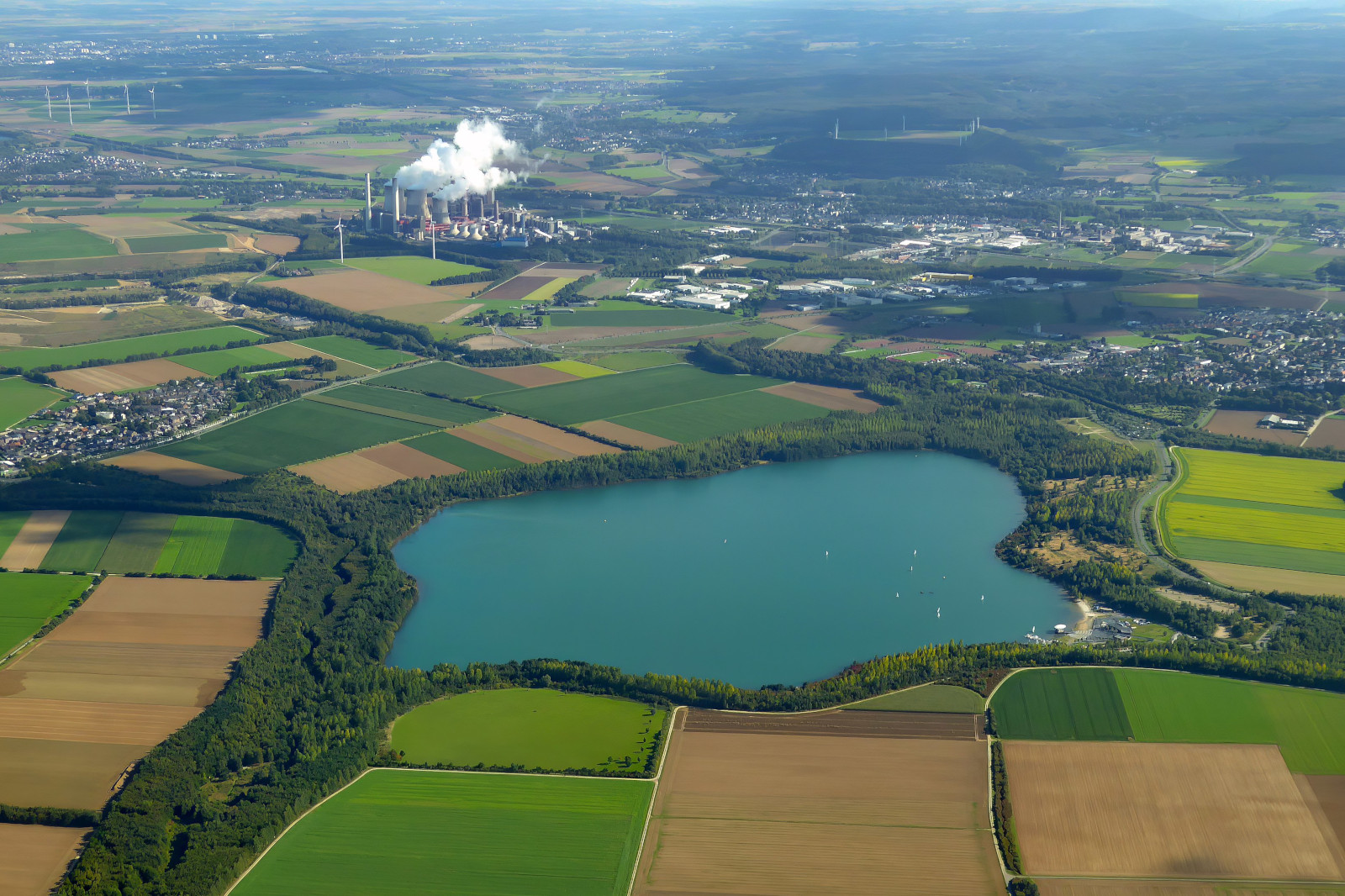
The Blausteinsee and the Schlangengraben with a length of about 3.5km that connects to it in the north are a special attraction for recreational visitors. Recultivated back in 1990, the latter connects the lake habitat to the original landscape through wooded areas around Niedermerz in the recultivated landscape dominated by agriculture. Various arid habitats and wetlands where numerous different animal and plant species have found a home are located in the area of the Schlangengraben. The green corridor also accelerates the recolonisation of the recultivated area and promotes the exchange of genes.
Between 1994 and 2005, so-called sump water was pumped in to fill the Blausteinsee intended for recreation with a depth of 46m and a surface area of about 100ha. Mostly oak, beech and poplar were planted as a forest belt in a green space surrounding the lake. Meadows and open areas left to natural succession were created as well.
The opencast mine reached the former course of the Inde river in 2005. A 5km section of the river therefore had to be relocated. This opportunity was used to recreate a natural, freely meandering course with a length of 12km within a 300m wide floodplain for the river that had formerly been straightened. Now the Inde can naturally flood its banks within the floodplain planted with 400,000 trees and shrubs. Its dynamics constantly create new habitats in the form of gravel banks, islands, pools and bluffs for numerous species in the river and meadow landscape. Large sections of the floodplain are under the protection of natural processes, which means they can develop naturally without external intervention.
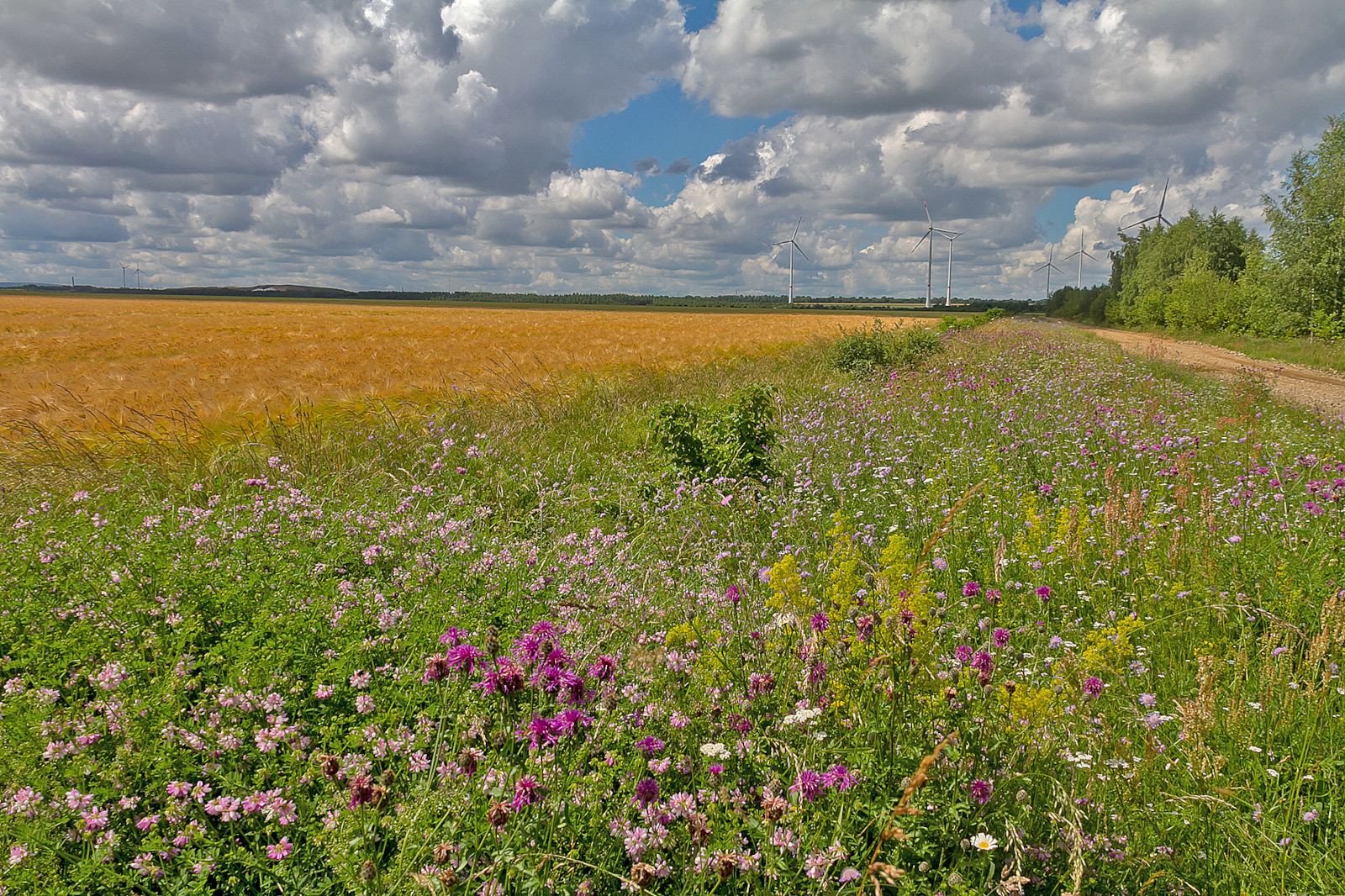
Primarily agricultural recultivation in Inden is diversified by supplementary ecological structures such as unploughed strips, hedges and planted ditches, providing additional structures for species of open and semi-open habitats. The process of transferring mowed vegetation was used to create meadows and strips along the edges of fields. Meadow areas that are particularly rich in species were thus established, especially along the Inde. Smaller bodies of water that dry out regularly were also created along the Inde and the Schlangengraben. Dead tree trunks were additionally brought into the Inde floodplain.
A shallow water zone was created to the north of the future pit lake to compensate for the Lucherberger See. Sweeping vistas, wet soil, the banks with shrubs such as flowering rush and reed beds make this body of standing water almost as authentic and nourishing as on a natural seacoast. This is also reflected by the visitors to this new habitat. More than 200 shorebirds came to the Rhenish mining area in the first year after the new shallow water zone at the Inden opencast mine was created. This included species that are threatened by extinction or have rarely or never been seen in the region. Some of the passage migrants not only used Inden as a rest stop on their way south but settled here to raise their young. Our next step is to systematically create nesting aids in order to settle some species permanently in Inden.
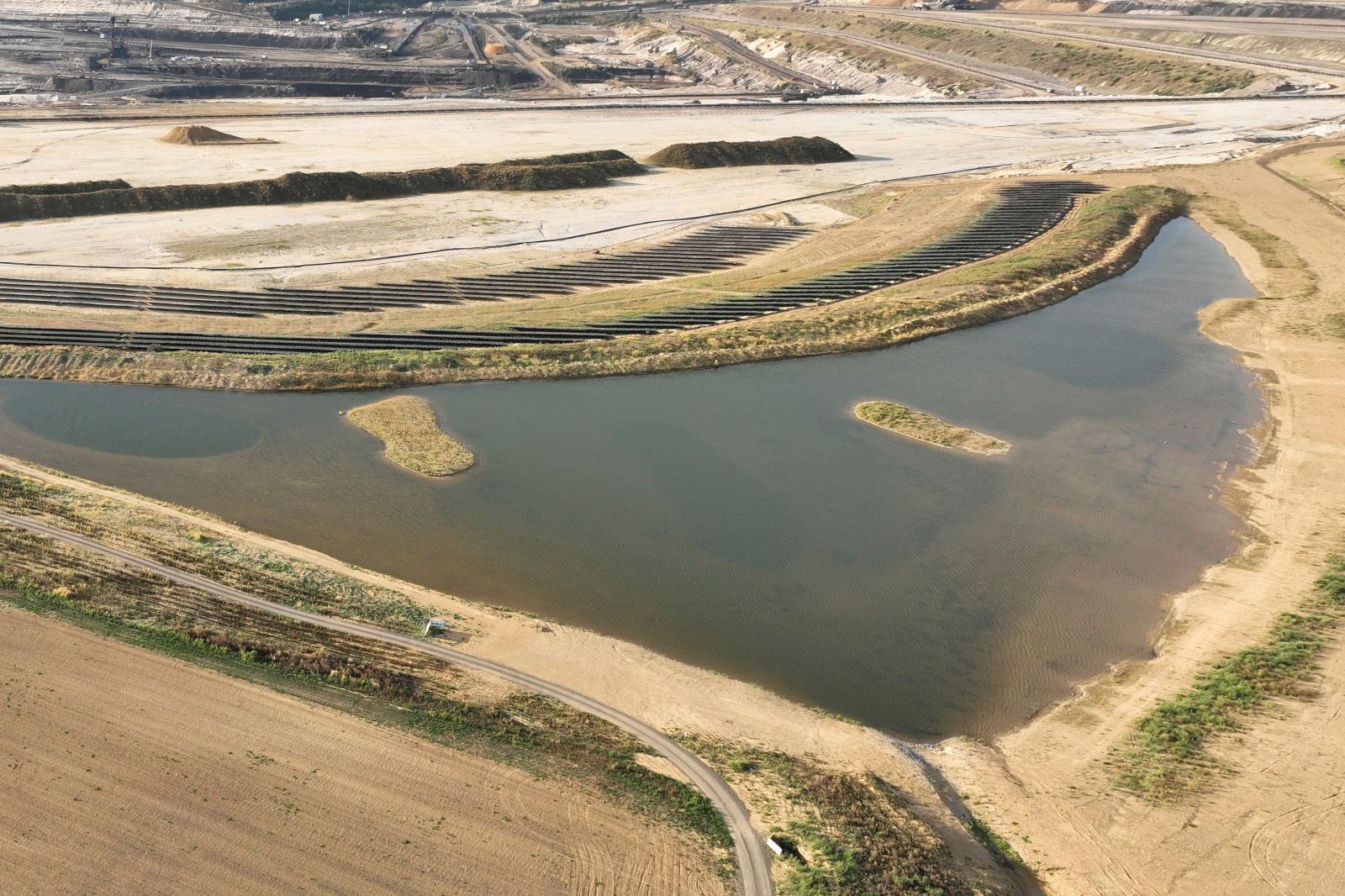
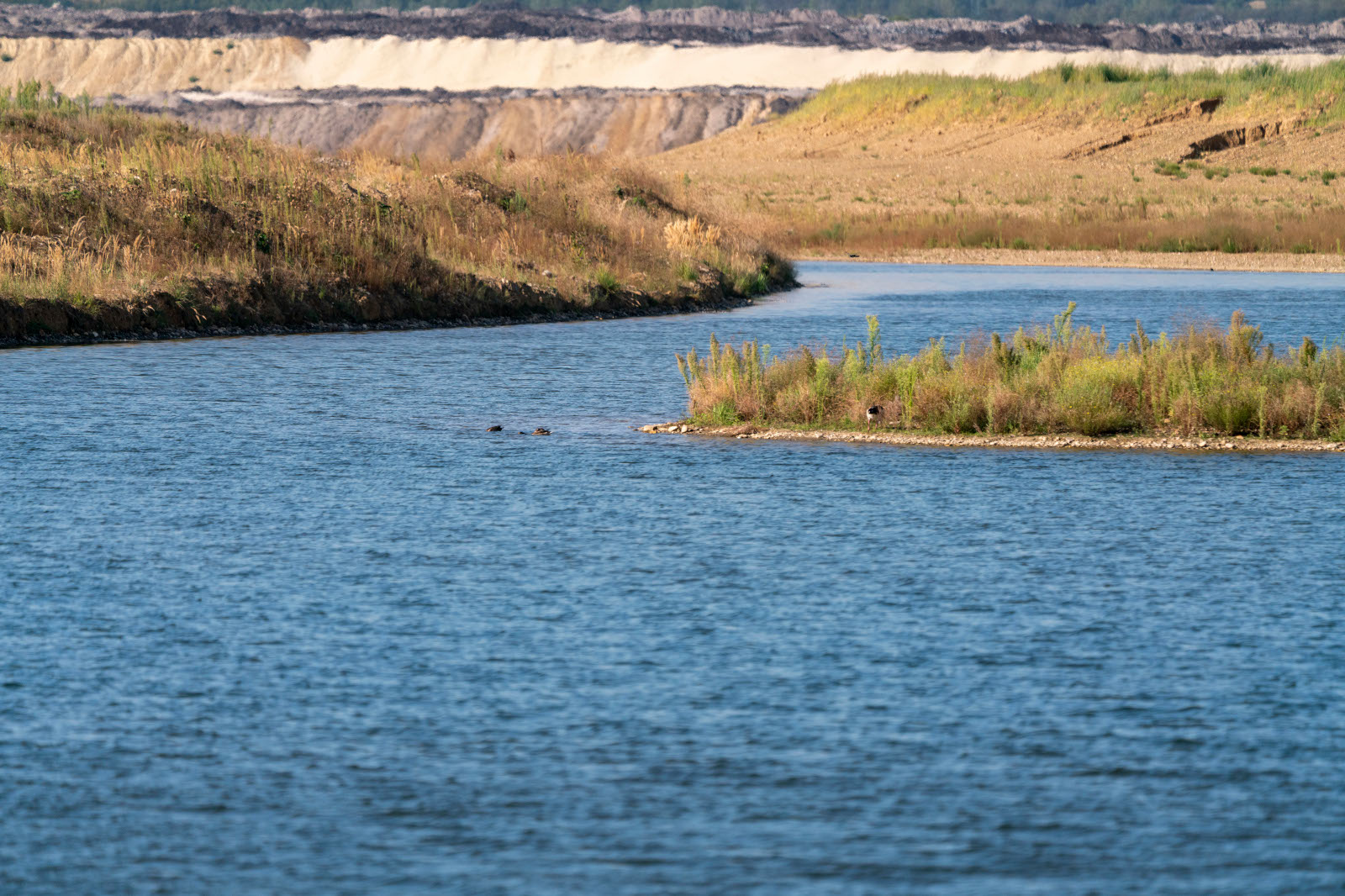
Special ecological features
Around 700 plant and fungus species and approximately 860 animal species have been recorded in the Inden recultivated area to date, and a systematic study of some animal groups is still pending. Many of these species are endangered and on the Red List.
Some of the rare and endangered animal and plant species are:
Birds: Skylark, corn bunting, partridge, quail, lapwing, meadow pipit, tree pipit, marsh harrier, Montagu’s harrier, peregrine falcon, red-backed shrike, turtle dove, stonechat, bee-eater, little ringed plover, sand martin, black-headed gull, lesser black-backed gull, green sandpiper, little stint, kingfisher, dipper, osprey, eagle owl, white stork
Mammals: Brown hare, hazel dormouse, beaver
Amphibians: Natterjack toad, agile frog
Reptiles: Grass snake
Wild bees: Long-fringed mini-miner, Nomada rhenana
Grasshoppers: Blue-winged grasshopper
Butterflies: Pale clouded yellow, small blue
Dragonflies: Scarce blue-tailed damselfly, hairy dragonfly, banded demoiselle, beautiful demoiselle, common clubtail, green snaketail, small pincertail, banded darter
Orchids: 16 different native species
See our lists of species for more.
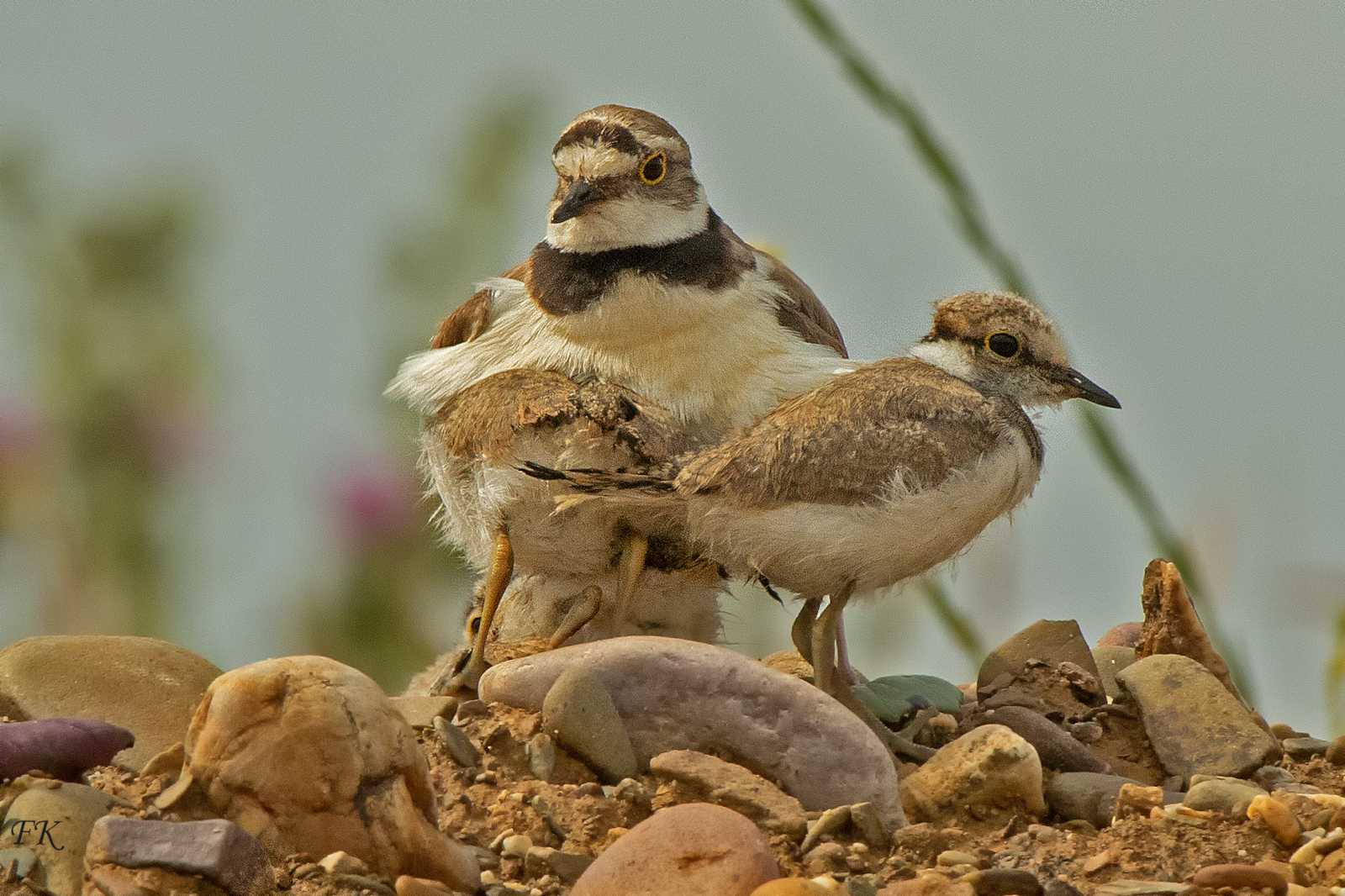
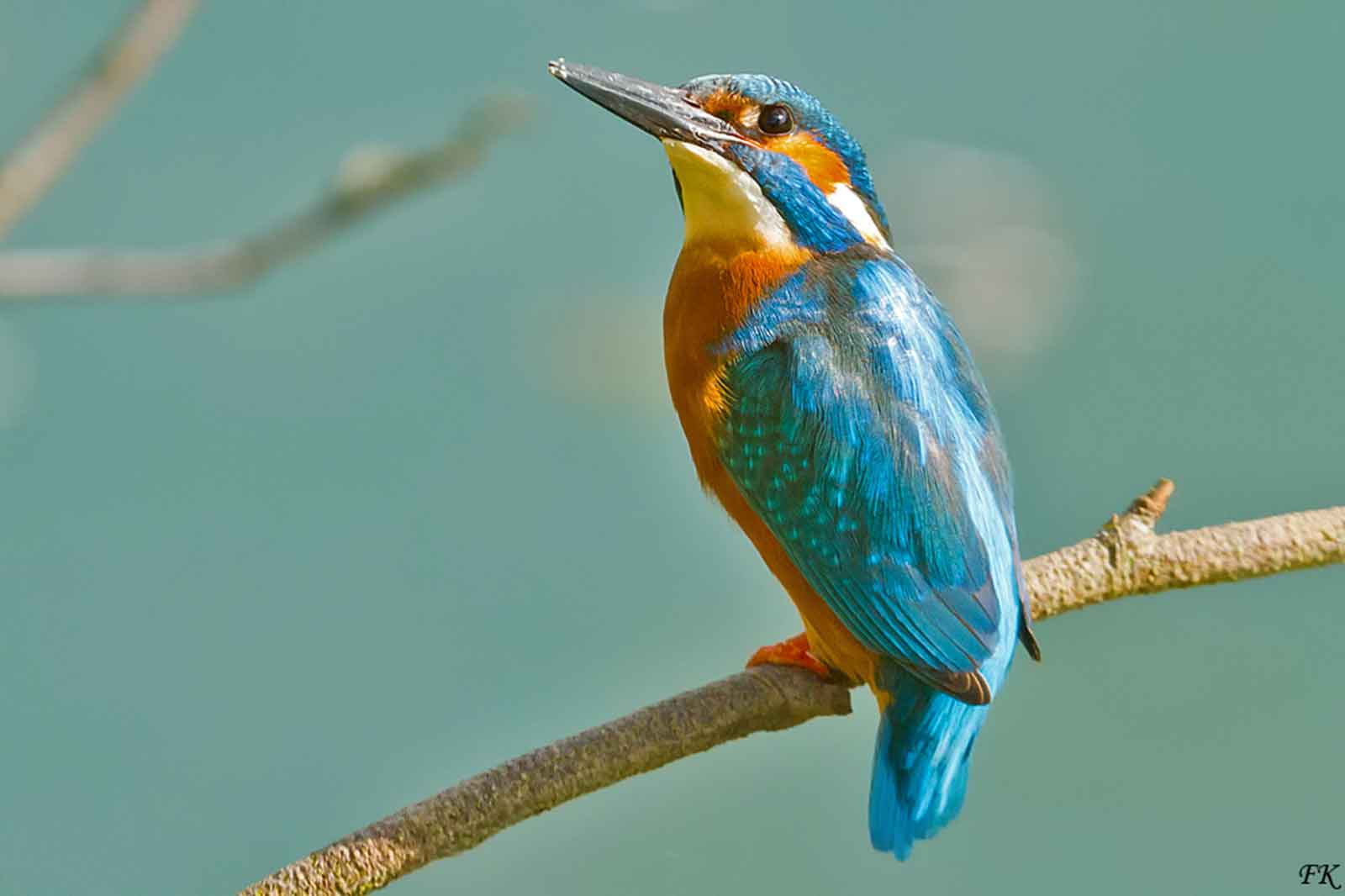
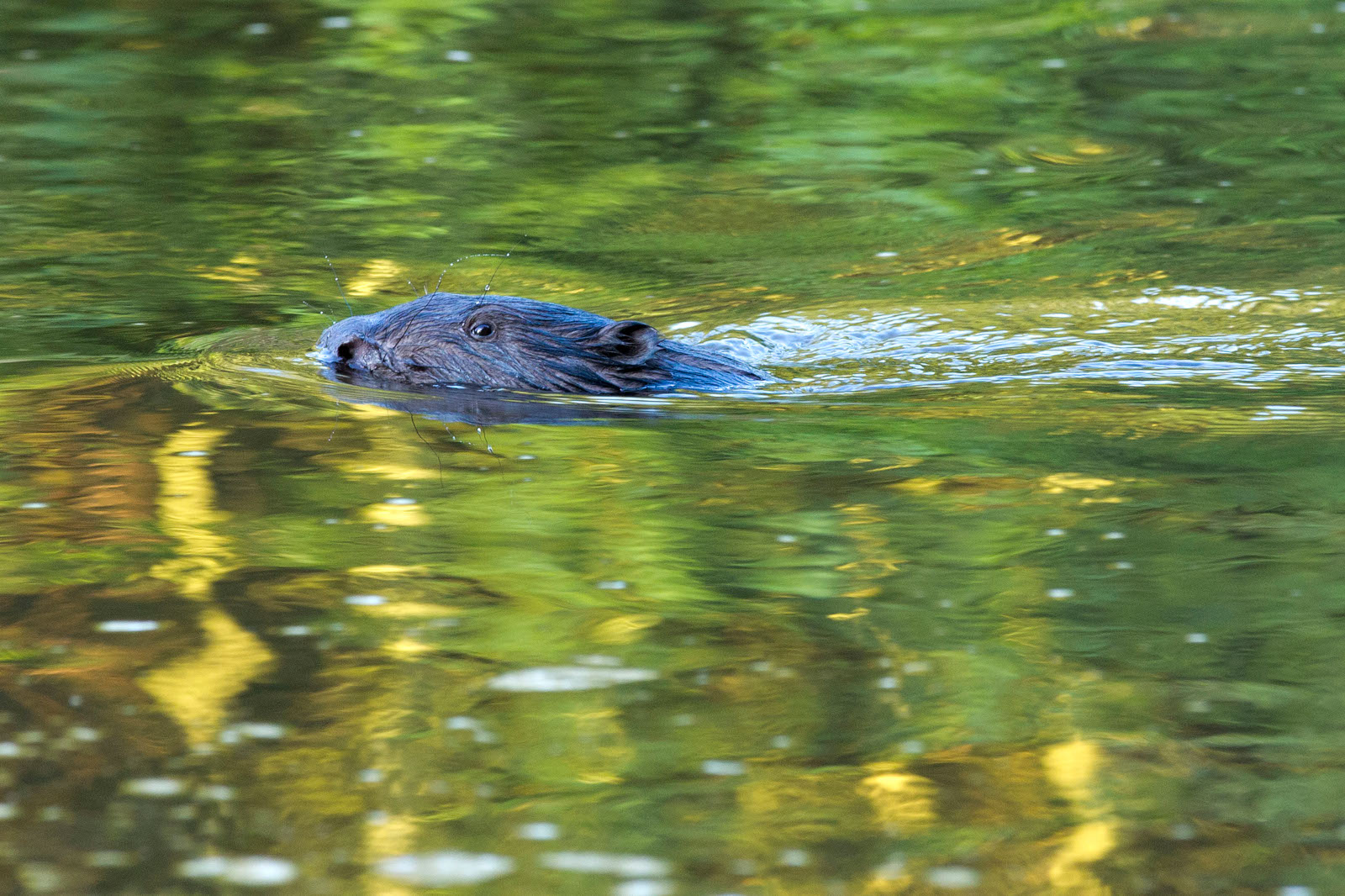
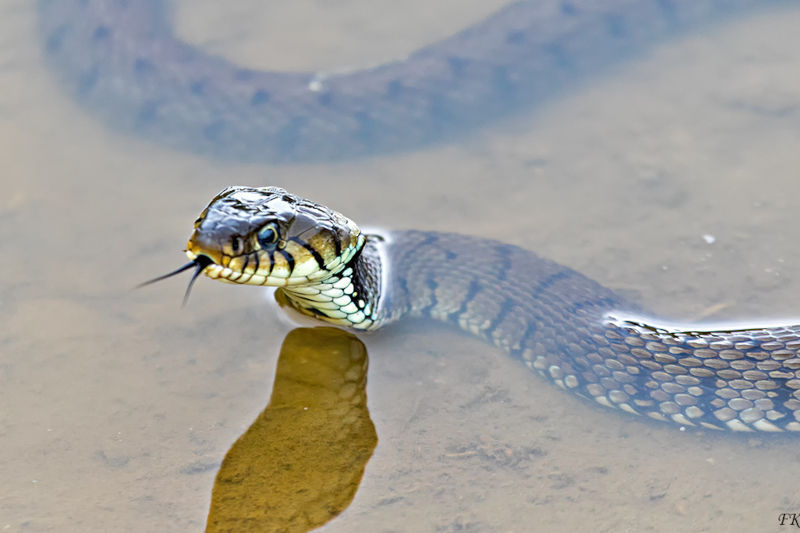
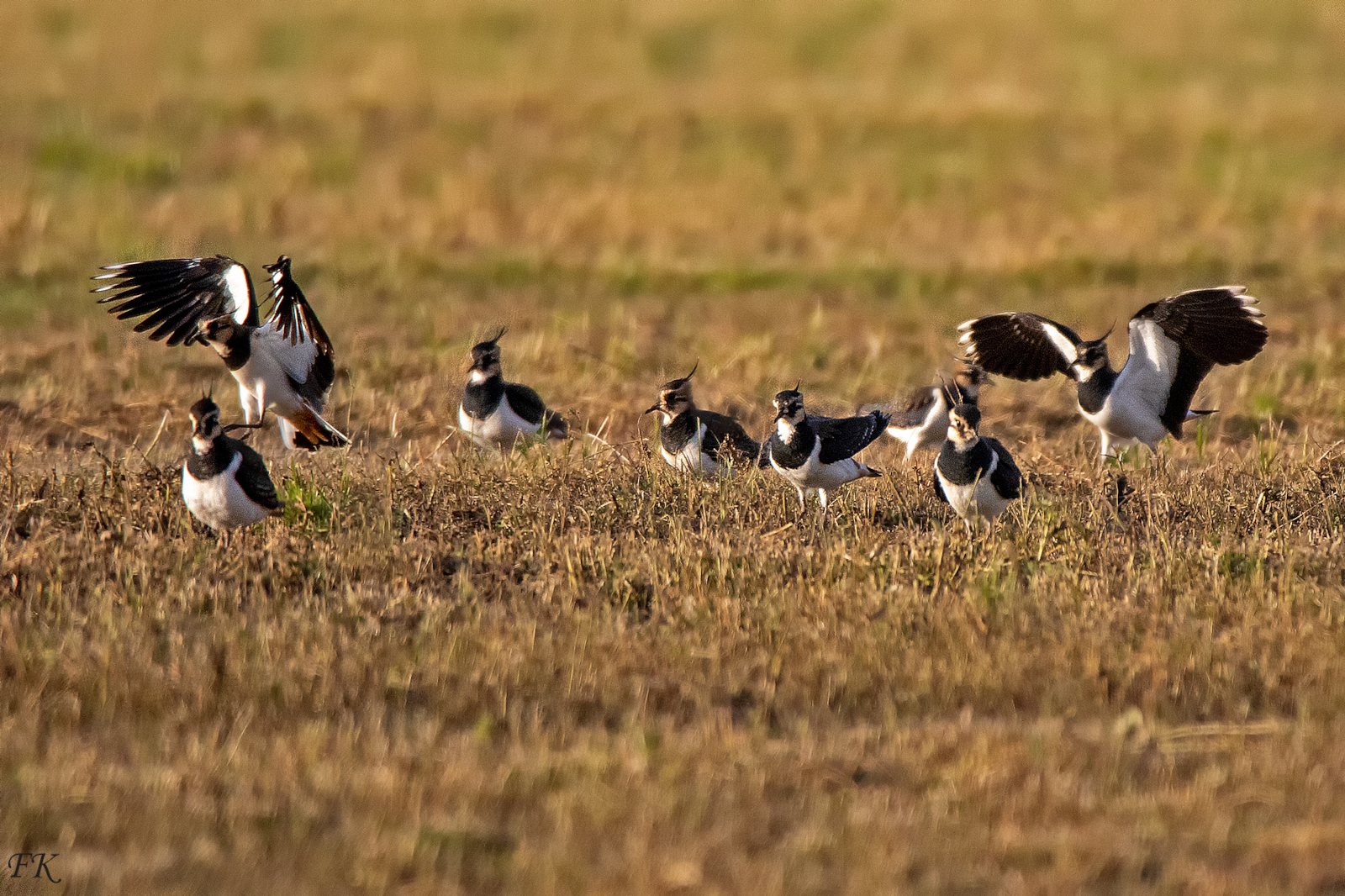
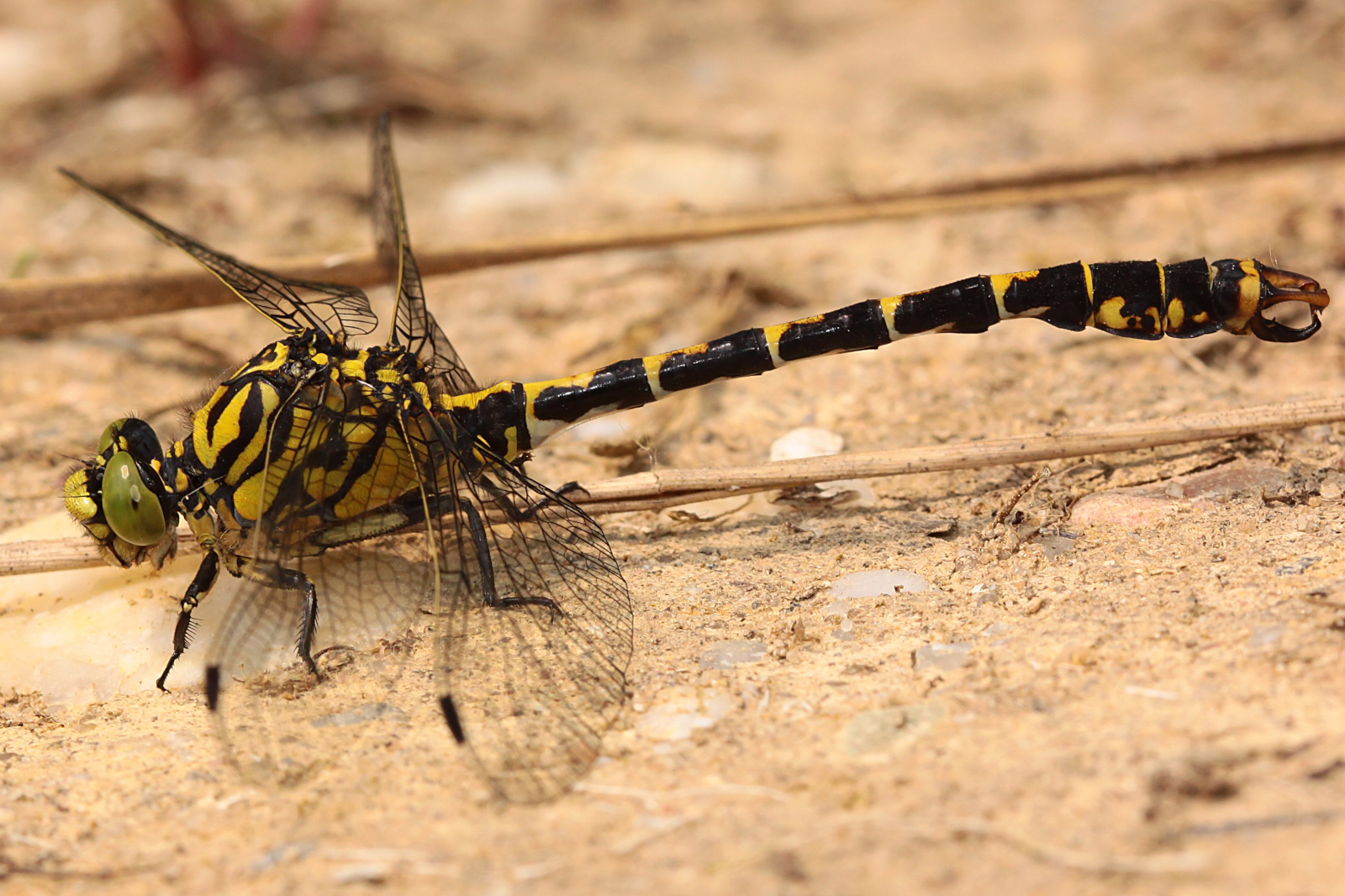
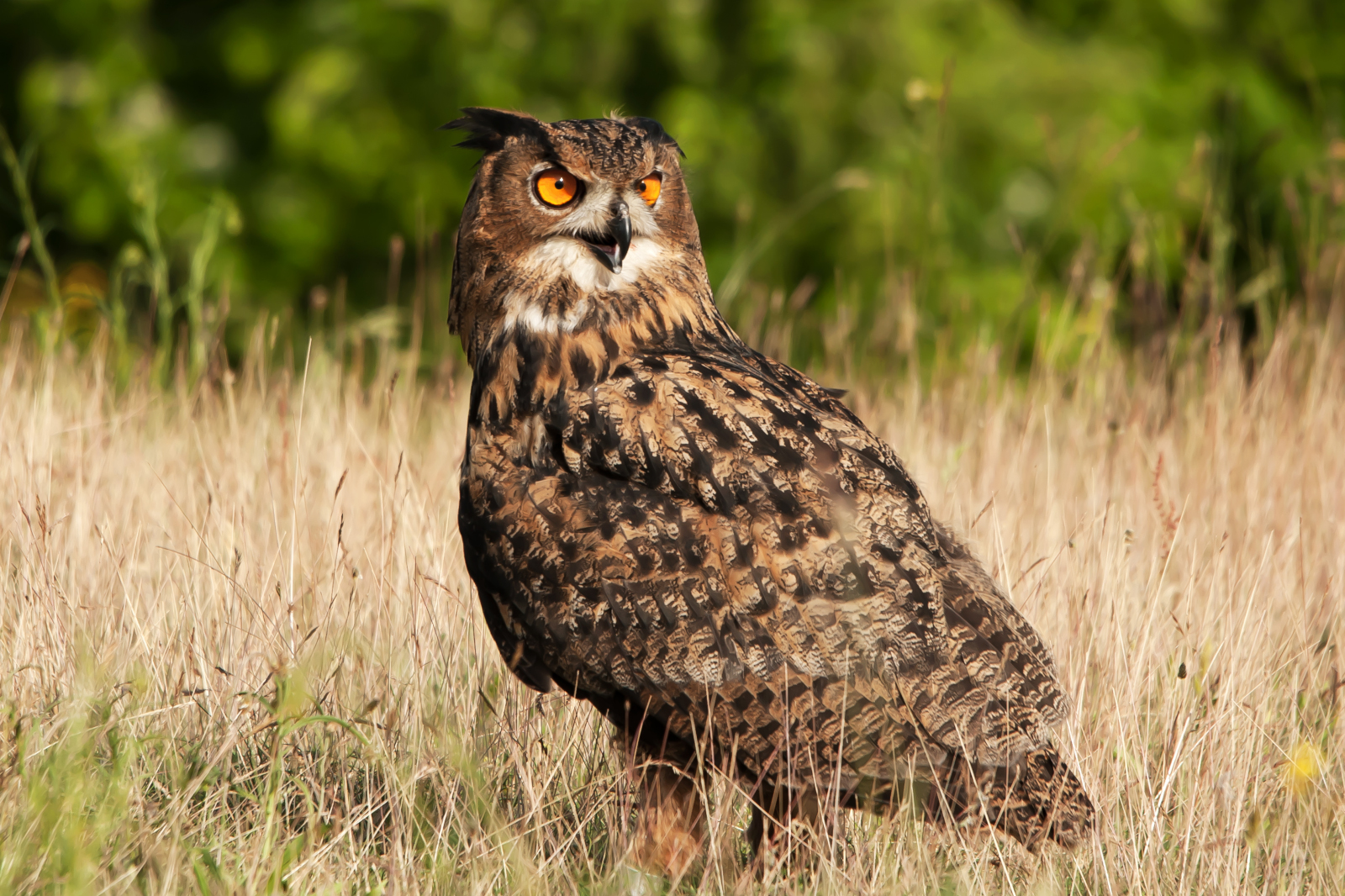
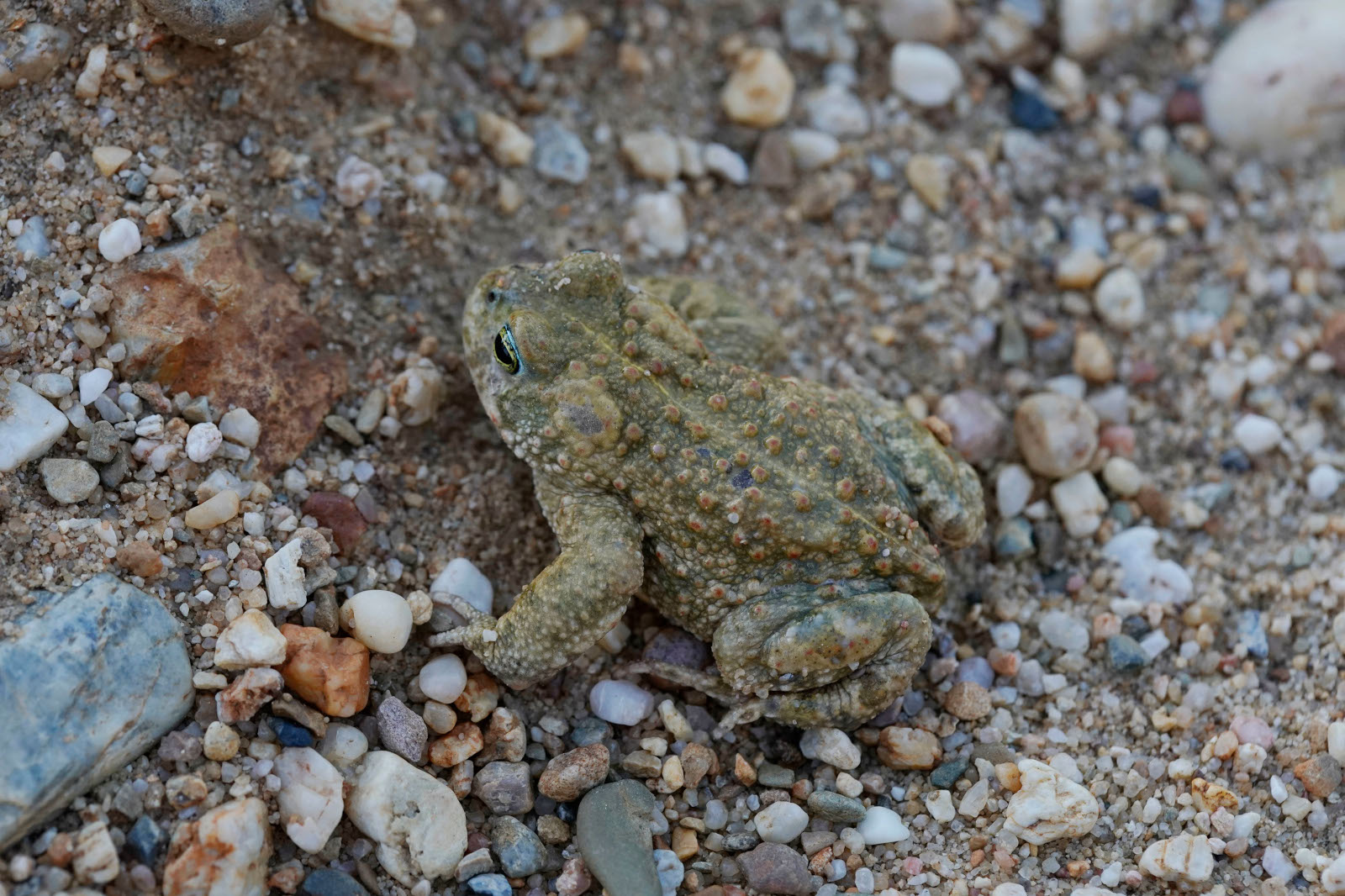
Outlook for pending recultivation
A large section of the Inden opencast mine will remain as a pit late with a surface area of 11 square kilometres and a depth of 180 metres. It will take 30 to 35 years to fill the lake via a pipeline from the Ruhr river. The southern shore will be reserved for recreational use while the lake’s northern shore will exclusively serve nature conservation purposes.


